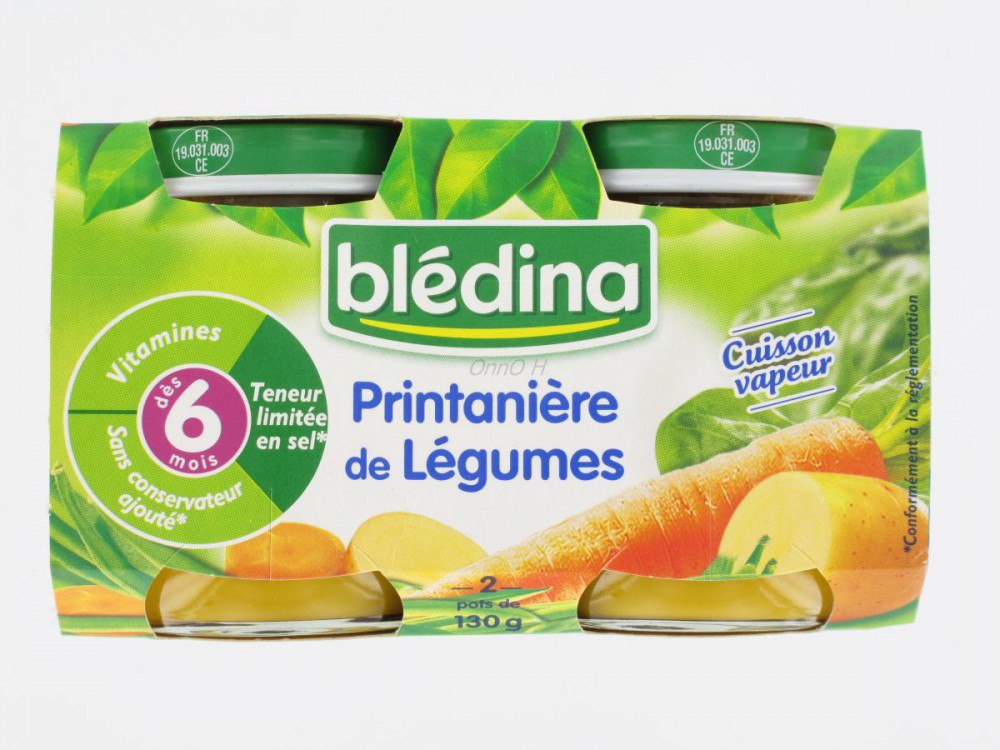Baby first foods canada
Feeding your baby in the first year
Feeding your baby in the first year of life is an exciting adventure for parents and babies alike. It’s about development, nutrition, curiosity, sharing and learning. Attachment also grows as you go about your daily routine with your baby.
You can help your baby develop a lifetime of healthy eating habits with the right start.
The first 6 months
For the first 6 months of life, breastfed babies will get what they need from their mother’s milk.
- Babies who are exclusively or partially breastfed should get a daily supplement of vitamin D, which is available as drops.
- Breast milk has the right amount and quality of nutrients to suit your baby’s first food needs.
- Breast milk also contains antibodies and other immune factors that help your baby prevent and fight off illness.
If breastfeeding is not an option, use a store-bought iron-fortified infant formula for the first 9 to 12 months.
- Formula should be cow milk-based.
- Homemade formulas made from canned, evaporated, whole milk (cow or goat), or any plant-based beverage, are not recommended as a breast milk substitute.
- Homemade formulas can contain harmful germs and lack important nutrients that can make your baby sick.
- Rice, soy, almond or other plant-based beverages, even when fortified, are not appropriate as a breastmilk substitute as they are nutritionally incomplete for infants. There is no evidence that soy-based formula will prevent your child from developing an allergy.
- Soy-based infant formulas should only be used as an alternative to cow milk-based formula if your baby has galactosemia (a rare disorder that will affect how your baby’s body processes simple sugar) or if your baby cannot consume dairy-based products for cultural or religious reasons.
- Talk to your doctor if you are unsure which formula is best for your child.
If your baby has allergies, or if allergies run in the family, see below for specific recommendations about when and how to introduce allergenic foods (such as eggs or peanuts).
Introducing solid foods
At about 6 months, most babies are ready for solid foods. Along with other foods, you can continue to breastfeed as long as it is comfortable for you and your baby, even well into the toddler years.
You’ll know baby is ready to start other foods when they:
- Can sit up without support, lean forward, and have good control of their neck muscles.
- Ability to pick up food and try to put it in their mouth.
- Hold food in their mouth without pushing it out with their tongue right away.
- Show interest in food when others are eating.
- Open their mouth when they see food coming their way.
- Can let you know they don’t want food by leaning back or turning their head away.
Remember that all babies are different. Some babies may be ready a few weeks before or just after 6 months. However, waiting after 6 months to introduce other foods increases your baby’s risk of iron deficiency.
What foods should we start introducing our baby to first?
There are many ways to introduce solid food.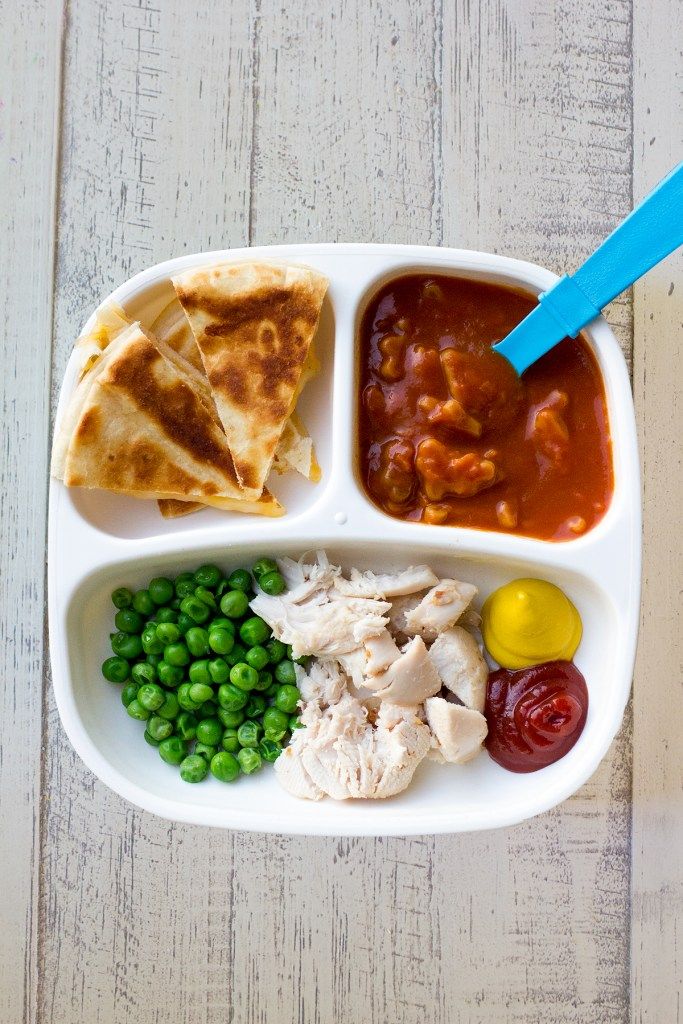 The first foods usually vary from culture to culture and from family to family.
The first foods usually vary from culture to culture and from family to family.
Start with foods that contain iron, which babies need for many different aspects of their development. Meat, poultry, cooked whole egg, fish, tofu, and well-cooked legumes (beans, peas, lentils) are good sources of iron. Store-bought iron-fortified infant cereals such as oat, wheat, barley or rice are also common first foods because they are good sources of iron. Offer iron-rich foods at least twice per day.
Healthy foods that your whole family is eating are the best choice for your baby. You can use commercial baby foods, but read the label to ensure there is no added salt or sugar. A variety of textures (such as lumpy, tender-cooked and finely minced, puréed, mashed or ground), and soft finger foods are recommended. As baby gets older, offer foods with more texture.
| First foods - Around 6 months | |
|---|---|
| Iron-rich foods | Puréed, minced, diced or cooked meat, fish, chicken, tofu, mashed beans, peas or lentils, eggs, iron-fortified infant cereal. |
| After 6 months | |
| Grain products | Iron-fortified infant cereal, small pieces of dry toast, small plain cereals, whole grain bread pieces, rice and small-sized pasta. |
| Vegetables | Puréed, mashed, lumpy or pieces of soft cooked vegetables. |
| Fruit | Puréed, mashed or lumpy soft fruit. Pieces of very ripe soft fresh fruit, peeled, seeded and diced or canned fruit (not packed with syrup). |
| Milk products | Dairy foods like full-fat yogurt, full-fat grated or cubed pasteurized cheeses, cottage cheese. |
| 9 to 12 months | |
| Milk | Whole cow’s milk (3.25%) can be introduced if breastmilk is no longer available, between 9-12 months. After 12 months of age, your baby should not take more than 25 ounces (750 mL) of milk per day. |
Introducing common food allergens
You can start to introduce common allergenic foods—like peanut products or eggs—when you are starting your baby on other solid foods, usually around 6 months of age.
However, if your baby is at high risk of developing an allergy (has allergies such as eczema, or a parent or sibling with an allergic condition) you can start after baby is 4 months old, but not sooner. Talk to your doctor if you are unsure.
Waiting until after 6 months to try to prevent an allergy is not recommended.
- When introducing foods that are common food allergens, it’s best to offer no more than one new food per day. You may want to wait a day or two before you introduce another. This makes it easier to identify a food that may have caused a reaction.
- If your baby is tolerating the allergenic food, continue offering it a few times a week to maintain tolerance.
 If an allergic reaction occurs, contact your doctor.
If an allergic reaction occurs, contact your doctor. - Make sure these new foods are smooth and small enough so that your baby isn’t at risk of choking. When introducing peanut products to young infants, try mixing a bit of peanut butter with some water, breast milk, or a puréed fruit or vegetable that your baby has had before. For older infants, spread a bit of smooth peanut butter on a piece of thin toast crust or offer a peanut puff product.
How much should I feed my baby?
Follow your baby’s cues for how much to feed. Start by offering a teaspoon or two. Don’t rush. Some babies need to try a food many times before accepting it. If she’s not hungry, she’ll turn her head and close her mouth. If she’s hungry, she’ll get excited and open up.
Never trick or coax her to eat more by playing games or offering sweetened foods. Babies who are allowed to follow their own hunger cues are much less likely to overeat later in life.
Try foods with different tastes and textures to help your baby learn how to handle foods in her mouth.
Water and juice
Babies who are exclusively breastfed don’t need extra water. When your baby begins to eat other foods, you can start to offer water occasionally, in an open cup.
- Babies and children don’t need to drink juice. Too much juice can cause diarrhea and can fill up small stomachs, decreasing your baby’s appetite for nutritious foods. Too much juice can also cause early childhood tooth decay.
- Offer water to babies and young children between meals and snacks if they are thirsty. If you choose to offer juice, be sure it is only 100% fruit juice (with no added sugar). Limit juice to 125 mL (4 oz.) per day.
Are there any foods my baby shouldn’t eat?
- Babies shouldn’t be offered sugary drinks or foods, such as candies, soda/pop or energy drinks.
- Don’t give honey to babies under a year old, as there is a risk of infant botulism (food poisoning).
- If you have concerns, please speak to your health care provider.
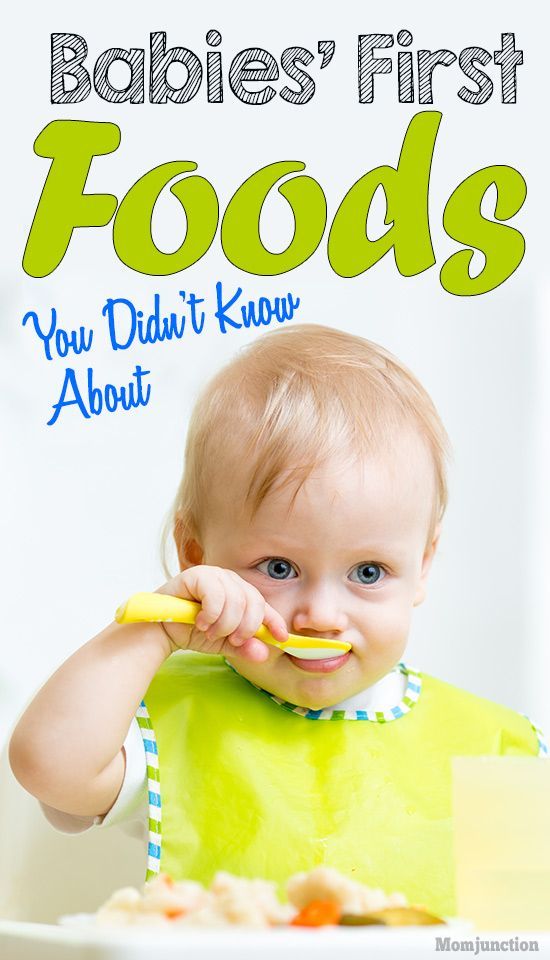
Is there anything else I should know about feeding my baby?
- Always wash your hands before preparing your baby’s food, and wash your baby’s hands before they eat.
- Wipe your baby’s gums with a soft, damp cloth twice a day for good oral health.
How can I prevent choking?
Young children don’t know how to chew food into tiny pieces. And they haven’t learned how to bring a piece of food back up when it gets caught going down. Foods most likely to cause choking are small, round or cylindrical in shape, like hot dogs, whole grapes, carrot slices, seeds and hard candy.
To protect your baby:
- Always supervise them while they are eating.
- Make sure your baby is sitting down to eat.
- Grate raw vegetables such as carrots to make them easier to chew.
- Cook hard fruits and vegetables to soften them.
- Slice round foods such as hot dogs or grapes lengthwise.
- Remove pits from fruits.

- Chop or scrape stringy meat and add broth to moisten it.
- Spread sticky foods like nut butters thinly on a cracker or toast rather than bread.
- Don’t feed your baby whole nuts, raisins, popcorn, gummy candies, hard candy, or fish with bones.
Developmental milestones related to feeding
| Age | Physical milestones | Social milestones |
|---|---|---|
| Birth to 4 months |
|
|
| 4 to 6 months |
|
|
| 6 to 9 months |
|
|
| 9 to 12 months |
|
|
| 12 to 18 months |
|
|
| 18 to 24 months |
|
|
More information from the CPS
Additional resources
Reviewed by the following CPS committees
- Allergy Section
- Nutrition and Gastroenterology Committee
- Public Education Advisory Committee
Last updated: January 2020
Baby's First Foods | HealthLink BC
Breastfeed your baby for up to two years of age or older. Human milk is the only food your baby needs for the first 6 months. If you are not able to feed your baby human milk, talk to your health care provider about feeding your baby store-bought infant formula.
Human milk is the only food your baby needs for the first 6 months. If you are not able to feed your baby human milk, talk to your health care provider about feeding your baby store-bought infant formula.
If your baby only drinks human milk, or human milk and some infant formula, they need a daily liquid vitamin D supplement of 400 IU. Human milk has some vitamin D but not enough to meet your baby’s needs. Babies who only drink store-bought infant formula do not need a vitamin D supplement. Infant formulas already contain added vitamin D.
When do I start to offer my baby solid foods?
At about 6 months of age your baby can start to eat solid foods. By this time, your baby needs more nutrients, especially iron. Your baby is also ready to learn to eat foods with different textures.
Your baby may be ready to start eating solid foods if they can:
- Hold their head up
- Sit-up and lean forward
- Watch for, open their mouth and close their lips around a spoon
- Pick up food and try to bring it to their mouth, and
- Let you know if they are full.
 For example turns head away
For example turns head away
How much food does my baby need?
Your baby decides if they are hungry and how much they will eat. As a parent or caregiver you decide what foods are offered.
Trust your baby to let you know when they are hungry and full. Offer food when your baby is hungry and stop when they show signs they are full.
Your baby is hungry when they:
- Open their mouth for food
- Lean forward eagerly
- Get upset if the food is taken away
Your baby is full when they:
- Close their mouth
- Turn their head or push food away
- Refuse to eat
By 12 months of age, aim to offer your baby solid foods at 3 family meals and 1 to 2 snack times each day based on their appetite.
How do I start to offer my baby solid foods?
Start by giving your baby small amounts of food and gradually increase the amount based on their appetite.
- Sit down and eat with your baby.
 Choose a time when your baby is calm, interested and alert. Babies enjoy company and learn about eating by watching you and others eat
Choose a time when your baby is calm, interested and alert. Babies enjoy company and learn about eating by watching you and others eat - Let your baby explore food with their hands. Learning to eat can be messy
- Solid foods can be offered before or after human milk. You and your baby can decide what works best. This may change over time
- As your baby eats more solid food, they will gradually begin to drink less human milk
What types of food do I offer my baby?
Your baby can eat many of the same foods enjoyed by the rest of the family. Offer family foods made with little or no added salt or sugar. Continue to offer human milk.
- Start with iron-rich foods and offer them at least 2 times each day. Examples include:
- Well-cooked, finely minced or shredded meat, poultry and boneless fish, such as beef, pork, chicken, turkey, cod and salmon
- Mashed cooked egg, lentils, beans and tofu
- Iron-fortified infant cereal
- Smooth peanut, tree nut and seed butters blended with an equal amount of warm water and stirred into iron-fortified infant cereal
- Along with iron-rich foods, offer other healthy foods such as vegetables and fruits, whole grains and milk products
- Offer sips of water in an open cup at meal or snack times
- Avoid sugary drinks including 100% fruit juice
What types of textures do I offer my baby?
Offer a variety of soft textures from 6 months such as lumpy, finely minced, ground and pureed.
 Your baby can eat soft foods and finger foods before they have teeth. Safe finger foods include:
Your baby can eat soft foods and finger foods before they have teeth. Safe finger foods include: - Finely minced, ground or mashed cooked meat, boneless fish, poultry, eggs and beans
- Small pieces of cooked vegetables and fruit, and soft ripe fruits without the skin
- Grated hard cheese
- Strips of toast and ‘oat rings’ cereal
Offer new textures as your baby gets older. Between about 8 to 12 months of age your baby will be able to bite and chew chopped foods and a greater variety of finger food such as:
- Small pieces of soft meat, fish, poultry, egg and beans
- Smooth peanut, tree nut and seed butters spread thinly on toast
- Small pieces of bannock, roti and tortilla
- Pasta, rice
- Grated raw vegetables
When can I introduce the common food allergens?
At about 6 months of age you can offer safely prepared peanut, tree nut, sesame seed, egg, fish, wheat, soy and milk products to your baby.
 The risk of a food allergy developing to these foods is lowest when they are introduced at this time. Many of the common food allergens are also iron-rich and can be part of the first foods offered to your baby.
The risk of a food allergy developing to these foods is lowest when they are introduced at this time. Many of the common food allergens are also iron-rich and can be part of the first foods offered to your baby. - You can start with the common food allergens your family eats
- Offer the common food allergens one at a time
- When your baby shows you they tolerate these foods, continue to offer them regularly. This may help prevent a food allergy from developing
When can I offer my baby cow milk?
You can start offering small amounts of pasteurized whole cow milk (3.25% milk fat) in an open cup when your baby is:
- 9 to 12 months of age and
- Eating a variety of foods that are iron rich
Pasteurized whole goat milk can be offered if vitamin D and folic acid have been added to it. Check the product label.
Skim, 1% and 2% milk, and fortified soy beverage are low in fat and not recommended before 2 years of age.
 Dietary fat is important for the growth and development of babies and toddlers.
Dietary fat is important for the growth and development of babies and toddlers. Do not give coconut, oat, rice or nut and seed beverages before 2 years of age. These drinks do not have enough fat, protein and other nutrients to meet your growing baby’s needs.
How do I keep my baby safe while eating?
- Babies and young children are at higher risk of choking. Always stay with your baby while they are eating or drinking and learn how to help if they choke
- Prepare foods for your baby in ways that reduce their risk of choking. For example, cut round foods like grapes, cherry tomatoes and large berries such as blueberries into smaller pieces. See HealthLinkBC File #110b Prevent Choking in Babies and Young Children
- Only give your baby pasteurized milk products. You can find this information on the label
- Never offer honey or food made with honey even if it’s cooked or pasteurized to babies younger than 1 year. Honey could give your baby a food-borne illness called botulism
- Offer your baby fish that are lower in mercury.
 See HealthLinkBC File #68m Food Safety: Mercury in Fish
See HealthLinkBC File #68m Food Safety: Mercury in Fish
For More Information
If you have questions about feeding your baby, vitamin D supplements or food allergies, contact your health care provider. You can also call 8-1-1 to speak to a registered dietitian.
To learn more about feeding your baby, see:
- Toddlers First Steps: A Best Chance Guide to Parenting Your 6 to 36 Month Old
- HealthLinkBC File #69a Feeding Your Baby Formula: Before You Start
- HealthLinkBC File #70 Breastfeeding
- HealthLinkBC File #110b Preventing Choking in Babies and Young Children: For Child Care Providers
Some babies are at increased risk of developing a food allergy. To learn about reducing the risk, visit www.healthlinkbc.ca/healthy-eating/reducing-baby-food-allergy-risk.
Parenting in Canada | Mamovediya
The second largest country in the world is Canada. The territory of Canada occupies 1/12 of all land on planet Earth. However, despite the size, the population is quite small, as is the population density. Today, Canada is considered the best country to live in according to the United Nations. This conclusion was influenced by many factors, in particular education, environment, safety and general standard of living.
However, despite the size, the population is quite small, as is the population density. Today, Canada is considered the best country to live in according to the United Nations. This conclusion was influenced by many factors, in particular education, environment, safety and general standard of living.
Canadians differ from other nations in their mentality. The features that unite them - politeness, restraint and calmness. Accordingly, these qualities are instilled from early childhood. Of course, children are a reflection of their parents, and they get a lot of experience looking at relationships in the family, copying their behavior, both in childhood and in adult lives.
What secrets do Canadian parents know and what methods do they use in their upbringing so that their children grow up to be kind, patient and calm?
A major role in the upbringing of children is played by the law, which prohibits corporal punishment. It is only allowed to lightly hit a baby who has reached the age of 2 with the palm of his hand. However, parents are afraid to use even this right, since the force of impact is a rather inaccurate concept and can be used against them. Public cruel behavior with a child is generally unacceptable in Canada, since there is a high probability of being deprived of parental rights. Although parents avoid physical violence at home, a child can also complain about such an attitude or blackmail parents.
It is only allowed to lightly hit a baby who has reached the age of 2 with the palm of his hand. However, parents are afraid to use even this right, since the force of impact is a rather inaccurate concept and can be used against them. Public cruel behavior with a child is generally unacceptable in Canada, since there is a high probability of being deprived of parental rights. Although parents avoid physical violence at home, a child can also complain about such an attitude or blackmail parents.
In general, parents in Canada are very patient and before using punishment, they will warn the child several times about the consequences that will arise due to the corresponding actions. More emotional people are advised to calm down first, and only then have a conversation with the child. It is best to take care of the child's safety and leave the room to bring your emotions to a calm state.
The "1-2-3" method of raising children without violence is popular.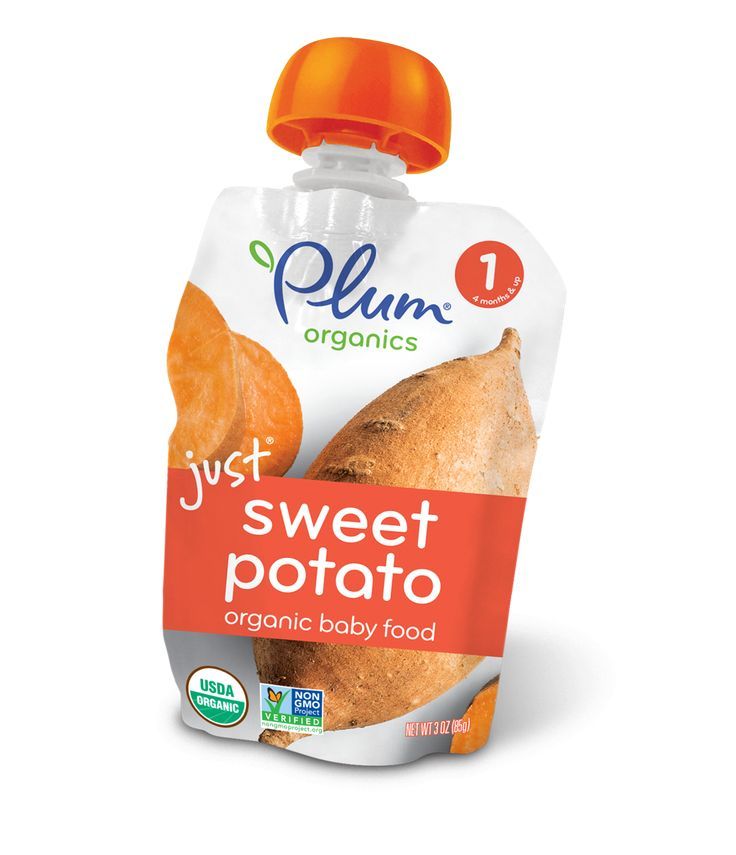 Its essence lies in the fact that instead of screaming, an emotional breakdown on a child or using other prohibited methods of punishment, an adult starts counting from one to three with a clear cold tone, while making quite large pauses. If the child continues to disobey his parents, only then can they punish him.
Its essence lies in the fact that instead of screaming, an emotional breakdown on a child or using other prohibited methods of punishment, an adult starts counting from one to three with a clear cold tone, while making quite large pauses. If the child continues to disobey his parents, only then can they punish him.
What methods of punishment do Canadian parents choose?
The child may be deprived for a certain period of time of the opportunity to communicate with friends, parents (other options depending on age, conditions and circumstances), is forced to be alone in his room with his thoughts (in order to overestimate his actions and comprehend what he has done), etc.
Also, no one canceled - angle . However, the child who was punished and sent to a corner in Canada is sitting on a high chair, not standing. Such a punishment is considered quite offensive. But it is used even at school - the child is recommended to comprehend his behavior alone. But for serious violations, the child will go to the director, from where only parents can pick him up.
But for serious violations, the child will go to the director, from where only parents can pick him up.
Thus, childhood in Canada passes without strict restrictions on the behavior of children, they are given a lot of freedom. Parents tend to play more of a supervisory role than a tutor. Another feature is that most mothers go to work early after the birth of a child, and the children go to kindergartens or are brought up by nannies. The residence of the nanny in the family is popular.
Because of this loyalty to children, parents often experience childish tantrums. In Canada, they even came up with a term that means a strong tantrum and uncontrollable behavior of a child - " Tantrum ". The kid (as a rule, these are children of preschool and primary school age) starts crying, beats with his arms and legs, screams. The reasons that cause such behavior are common and the same for children of any country, namely: strong emotions (both negative and positive), hunger, stress, lack of sleep, fear, etc. This is the release of emotions that the child is not able to control. Tantrum can last from 30 seconds to 2-3 minutes.
This is the release of emotions that the child is not able to control. Tantrum can last from 30 seconds to 2-3 minutes.
Since there is a term, there are accordingly recommendations regarding the actions of parents in the fight against tantrums. In case of a tantrum at home, take the child to a safe place (so as not to hit) and leave alone. After the child calms down, talk to him, find out the reasons, etc. In crowded places, you should take the baby in your arms, but give freedom to his movements - let him be free from emotions. If possible, leave the crowded place as soon as possible. Never shout or hit, even persuasion will not be of any use.
We can only envy the patience of Canadians, they are quite loyal to their children and calmly react to such children's tantrums. Moreover, the people around who witnessed the tantrum will not only not condemn the child’s behavior, but they can also advise the mother on effective methods of dealing with tantrums from their own experience. ..
..
Another country, other people, rules, laws and life, but children are the flowers of life wherever they grow. Let's water them with love and care, and we will have a flourishing land of adults around.
Complementary foods with "allergens": when to start
- Allergoether
- Views: 9017
- : (2 Ratings)
Rating: 5 / 5
Please rate Grade 1 Grade 2 Grade 3 Grade 4 Grade 5Potentially allergenic complementary foods should not be delayed until the child is one year old: this increases the risk of developing food allergies later on, according to the Canadian Healthy Infant Longitudinal Development Study (CHILD).
After examining the medical records of 2,100 Canadian children, researchers found that babies who did not receive cow's milk products in their first year of life were 4 times more likely to be sensitized to cow's milk than those who consumed them.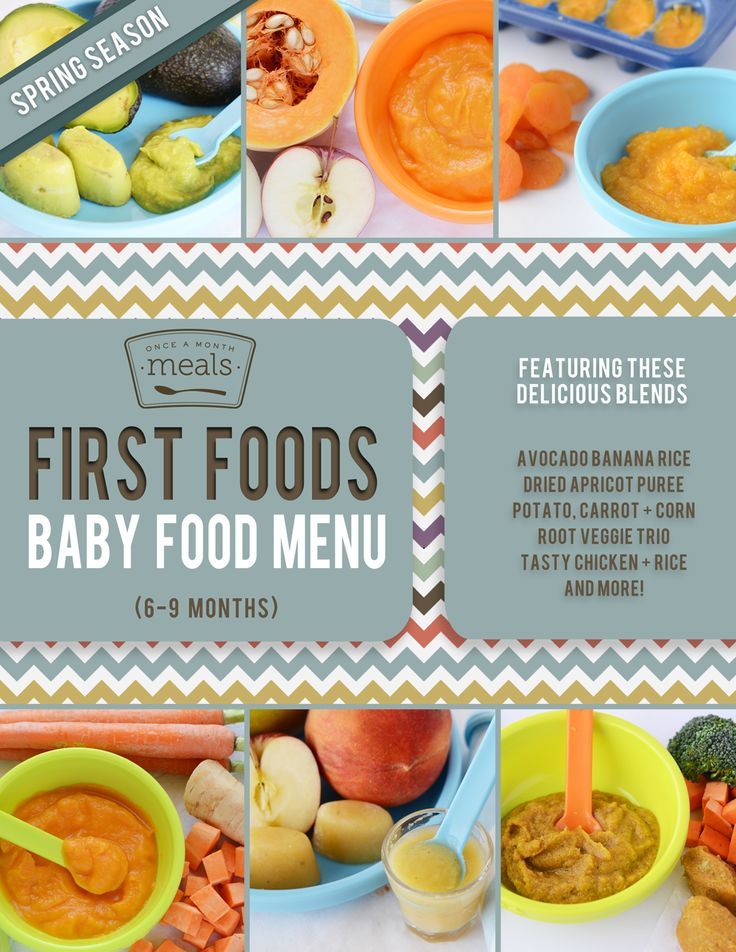 For chicken eggs and peanuts, this figure was twice as high. The study also found that Canadian parents delay introducing potentially allergenic foods, especially eggs and peanuts, into their offspring's diet: before 6 months, only 3% of parents started complementary feeding with an egg, 1% with peanuts. At the same time, 63% did not give children peanuts at all during the first year of life.
For chicken eggs and peanuts, this figure was twice as high. The study also found that Canadian parents delay introducing potentially allergenic foods, especially eggs and peanuts, into their offspring's diet: before 6 months, only 3% of parents started complementary feeding with an egg, 1% with peanuts. At the same time, 63% did not give children peanuts at all during the first year of life.
“To our knowledge, this is the first observational study in a general population of children that has shown how the timing of the introduction of various foods affects the risk of developing food allergies,” says first study author Maxwell Tran, BSc, graduate of McMaster University (Hamilton, province of Ontario, Canada). “Early introduction of the egg is especially important: it dramatically reduces the risk of developing sensitization to one of the three food allergens: egg, peanut, and cow's milk.”
“Of course, not all children develop food sensitization into food allergies, but sensitization is an important step along the way,” says Malcolm Sears, co-leader of the CHILD project, professor of medicine at McMaster University (Hamilton, Ontario, Canada), researcher Fellow, Firestone Institute for Respiratory Medicine, St.

 Otherwise, they will fill up and won’t want to eat solid foods. Too much milk can also lead to iron deficiency anemia.
Otherwise, they will fill up and won’t want to eat solid foods. Too much milk can also lead to iron deficiency anemia.






